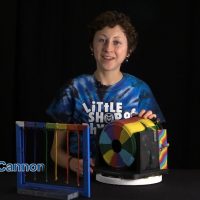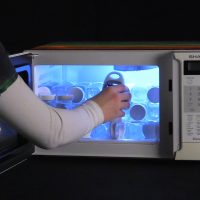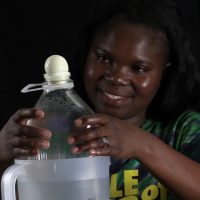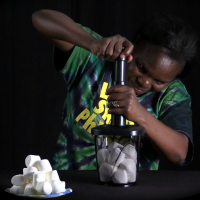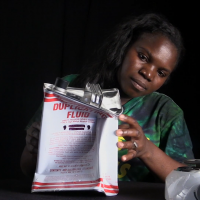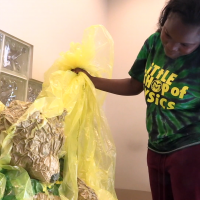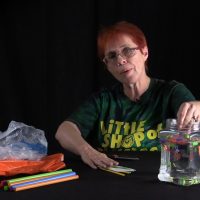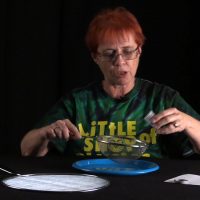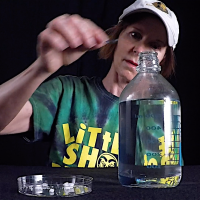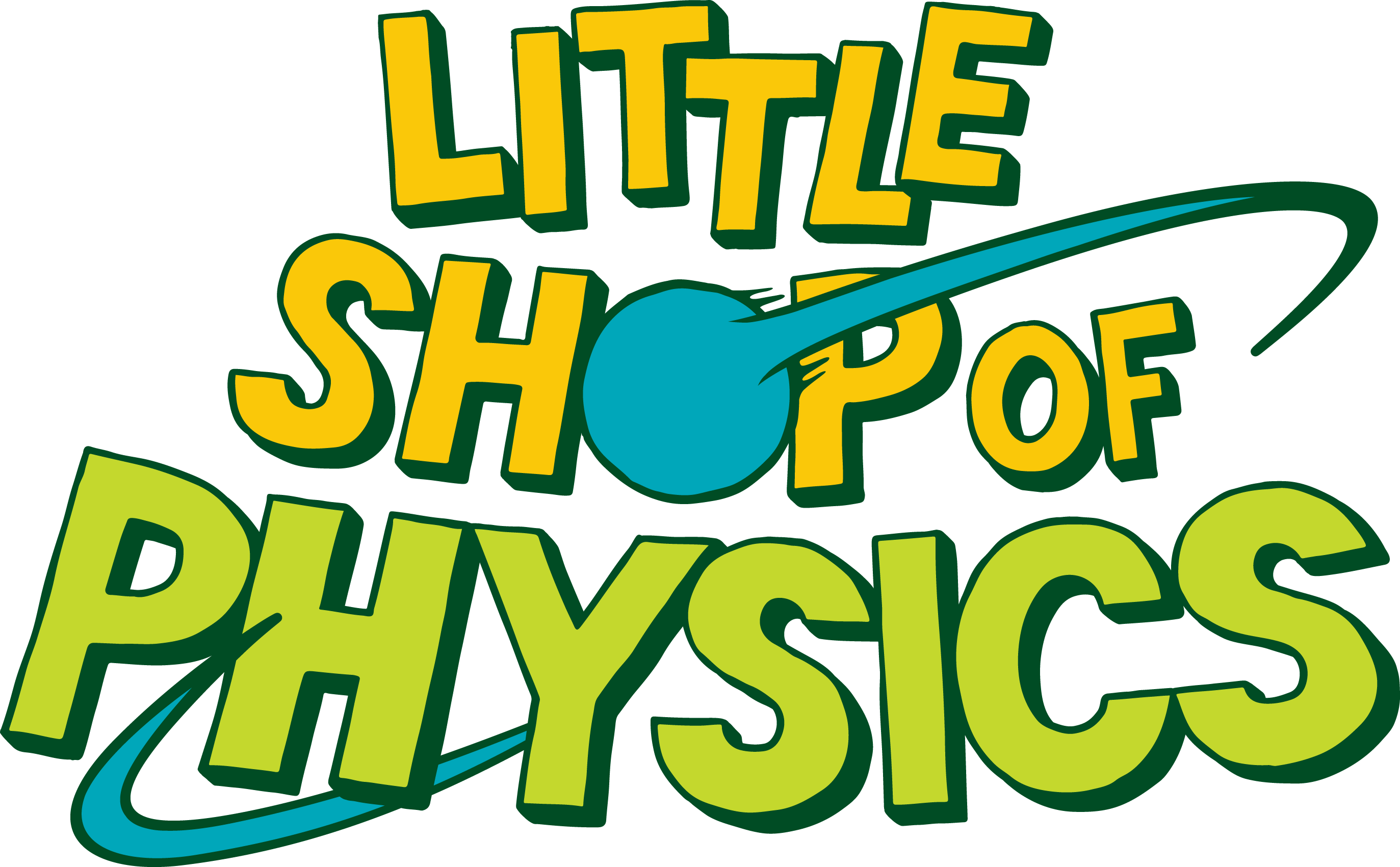Get Your Science On: Vortex Canon
This week, Rachel shows us how to make a vortex canon. This simple device shoots rings of air, and it can be made any size from tiny to gigantic!
Get Your Science On: No Wi No Fi
The week Rachel shows us this awesome experiment using a wireless baby monitor and a microwave oven along with some bottles of water.
Get Your Science On: Egg in a Bottle
Eva has an egg and a bottle. The egg will not fit in the mouth of the bottle. She uses two different methods to get atmospheric pressure to push the egg into the bottle. The first method uses hot water, some of which evaporates. The water vapor displaces the air inside of the bottle. When the bottle is cooled, the vapor condenses into a liquid, which decreases the pressure inside of the bottle. The second method is similar, but uses a small fire to heat the air inside of the bottle, causing the air to expand. When the flame goes out, the air cools, lowering the pressure on the inside of the bottle.
Get Your Science On: Atmospheric Pressure & Marshmallows
Continuing on our theme of atmospheric pressure, this week we experiment on increasing and decreasing pressure, and how it affects the air trapped inside of marshmallows.
Get Your Science On: Can Crush
Last week, we showed you how atmospheric pressure can be used to give a giant “bear hug”. This week, we use atmospheric pressure to crush a metal can.
Get Your Science On: Atmospheric Bear Hug
A plastic bag is connected to a vacuum pump. Initially the air inside the bag pushes out with the same force as the air outside of the bag pushing in. However, when the air is pumped out of the bag there is nothing to counteract the atmosphere squeezing the bag against the bear.
Get Your Science On: Separation of Mixtures Part 2
Last time we saw that we can separate mixtures by using size and magnetism. This time we use density to separate a mixture. This process is used to separate different types of plastics so that they can be recycled.
Get Your Science On: Separation of Mixtures Part 1
River sand is a mixture: it’s a combination of many types and sizes of materials that are combined together without being chemically bonded to each other. Mixtures can be unmixed, or separated into component parts using various physics techniques.
Namibia Visitors: Liquid Crystal
Ignasius and Sherri from B2Gold Namibia join the Little Shop of Physics team for a demonstration of crystal growth in a supercooled liquid.
Get Your Science On: Rotation Translation
Three balls go down tracks of varying widths. Which gets down first? The answer may surprise you!
Contact Details
- Little Shop of Physics
Colorado State University
Natural and Environmental Science Building
1875 Campus Delivery
Fort Collins, CO 80523-1875 Telephone
Telephone: 970-458-LSOPEmail
Email: littleshopofphysics@gmail.com
Stay Connected
Flickr
Youtube
TikTok


